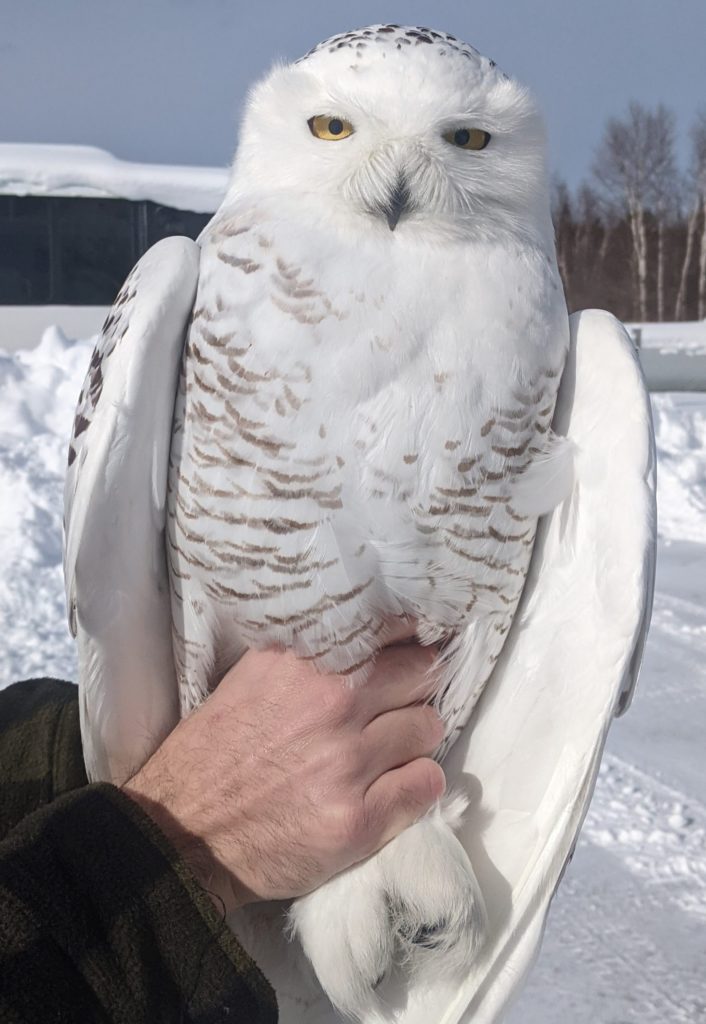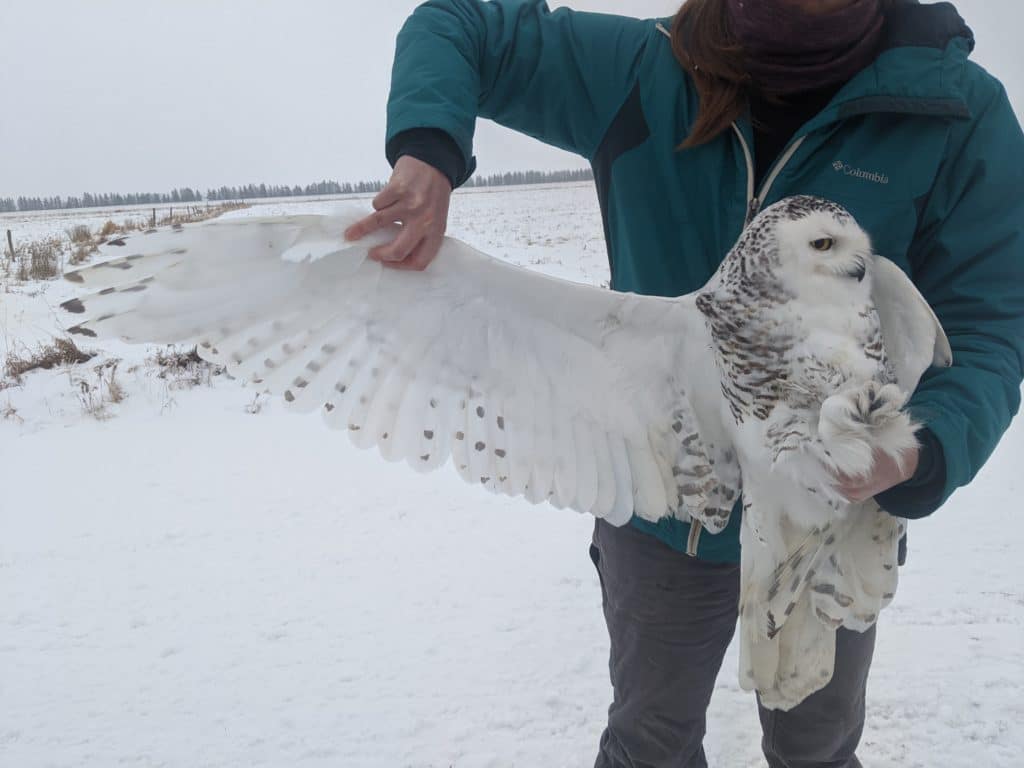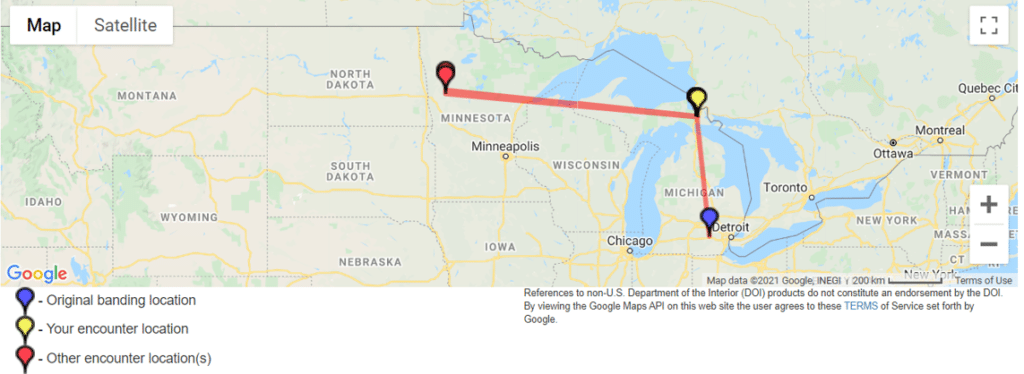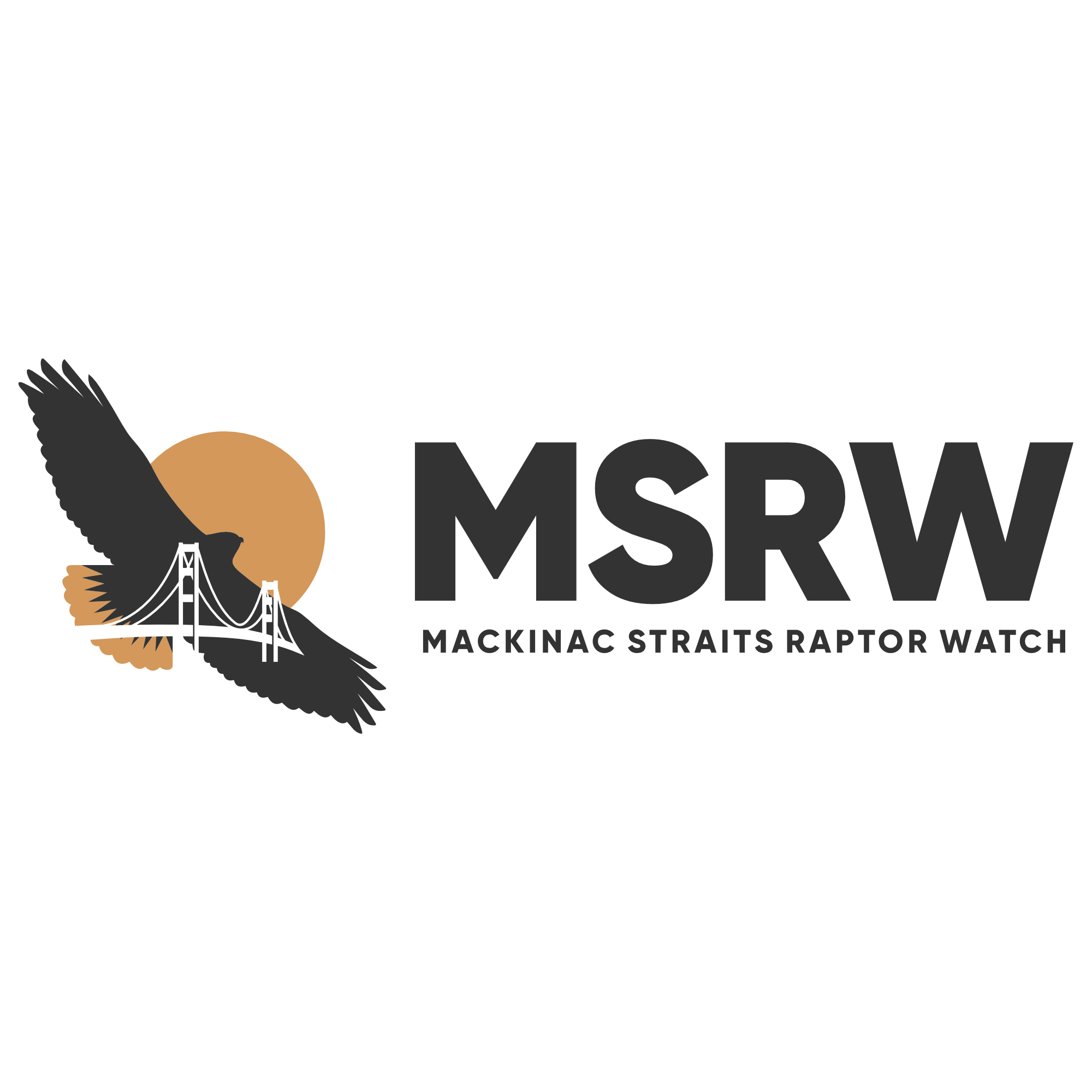
As the days continue to get longer and the days warmer, there is a sense that Spring is on its way and the Snowy owls know it. Since my last post we have only banded one new bird, but not for a lack of effort. This happened way back on February 9th and this was our second juvenile male banded for the season.
All the sites we routinely monitor have remained very quiet and owl less over the last 6 weeks. The most birds we had counted in any given outing during that time was two. Most of the owls we saw where either owls we had already banded or others that we had previously tried for but never showed any interest. Presumably these birds had set-up winter territories as we would see them frequently in the same spots at very similar times and these observations remained quite consistent. We have also noticed this past week that some of our “regulars” have disappeared and we haven’t seen them in over a week. We think that these birds probably have started their return journey back to the Artic. As the days get longer the birds can sense this change and this is one of their cues that it is time to leave. We will continue our monitoring and surveys until the end of March and we hope that we will count and catch more owls as more head North in the coming weeks.


Blue is the original banding location for this owl. Red is where she was seen twice before and yellow is where we recaptured her.
Now some of you or none of you may remember, but we had a foreign Snowy owl we captured way back in January and I promised an update on where that owl originally came from. I apologize for the long delay, but here is what we learned about her.
The adult female Snowy owl we captured on Jan 16th was originally banded at Grand Rapids International airport on November 29th, 2016. When she was captured then, she was aged as a two-year-old bird. That means that she is 7 years old now which is the oldest Snowy owl I have ever caught! What was also interesting is that this bird had Patagial tags attached to her. Patagial tags are attached to the wing of a bird and have number letter combination on them. They are used for various studies with raptors and allow for identification of a bird from a long distance. This female probably had them put on so that airport biologists would know if she returned to the airport after being relocated. After being released this bird has been spotted twice in Western Minnesota on two separate occasions. Although we don’t have access to what those days were, we know the first encounter was near Ogema, MN and the second observation of her was in Callaway, MN. Both of these locations are pretty close in proximity so it is possible both observations were from the same winter or maybe from different winters. Unfortunately, we do not know. It is good to know that she has avoided airports since 2016 as this is dangerous not only for the owl but for aircrafts. We wish her well on her northbound migration.
Season Totals:
8 – SNOW Total
5 – Newly banded
3 – Recaptures

